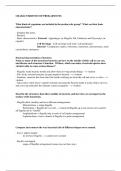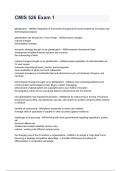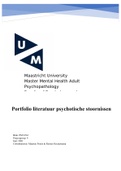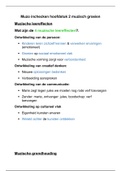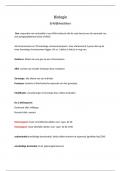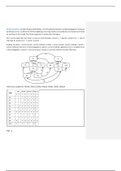Class notes
Characteristics of Prokaryotes Study Guide (Exam 1)
- Course
- BIO 175
- Institution
- Wake Technical Community College
Provides an overview of the structures and functions of the external structure, cell envelope, and organelles of prokaryotic cells and their clinical relevance.
[Show more]
